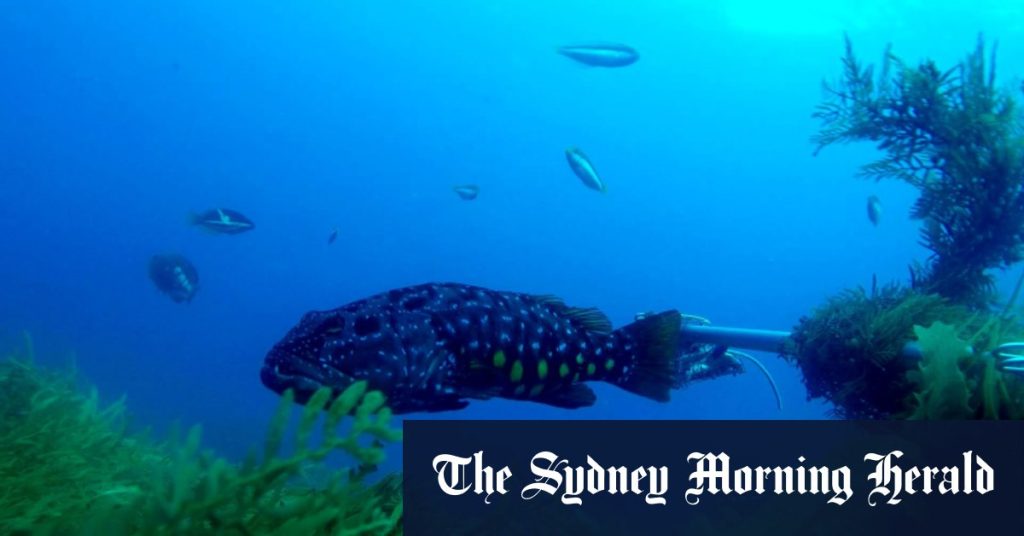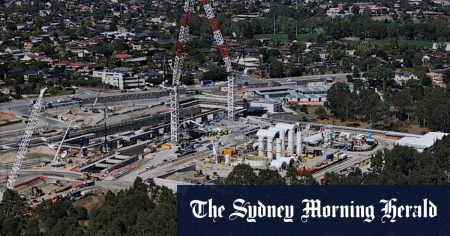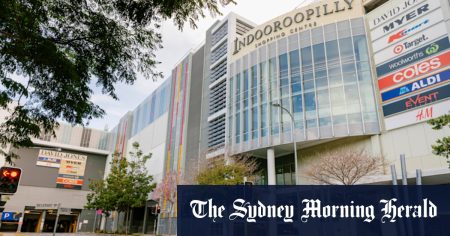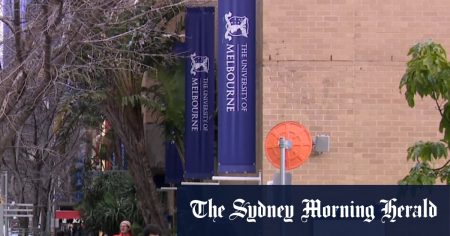The Western Australian government has recently revealed a final zoning scheme for a new marine park along WA’s south coast. The Minister stated that the plan strikes a balance between general-use, recreation, and sanctuary zones, with the goal of creating a world-class marine park that rivals Ningaloo or the Great Barrier Reef. However, University of Western Australia Marine Futures Lab director Professor Jessica Meeuwig raised concerns about the level of protection in the park. While commending the government for taking action, Meeuwig highlighted that protection had been reduced to 20 percent of the park, falling short of the recommended 30 percent. She also noted that crucial habitats near Esperance were not adequately protected, impacting plans for sustainable fisheries in the region.
Meeuwig emphasized the importance of sanctuary zones that reach the shore to connect protected habitats, citing Ningaloo with 33 percent protection and the Great Barrier Reef with 32 percent as successful examples. However, she expressed disappointment that the new marine park plan had prioritized protection in areas furthest from human activity, rather than focusing on vulnerable areas close to Esperance. This approach, she argued, deviated from scientific recommendations and could result in suboptimal conservation outcomes. Meeuwig criticized the government for reducing the number of sanctuaries in the park, stating that partial protection is insufficient for ensuring the sustainability of marine ecosystems.
The concerns raised by Professor Meeuwig and other scientists reflect a broader issue of balancing stakeholder interests with scientific evidence in environmental conservation efforts. While the government’s efforts to establish a marine park on WA’s south coast are commendable, the level of protection and distribution of sanctuary zones have been called into question. The discrepancy between the government’s vision of a world-class marine park and the scientific community’s assessment highlights the need for more robust and evidence-based decision-making in environmental policy. By prioritizing the protection of diverse habitats, including near-shore, midshore, offshore, seagrass, and reef habitats, the government can enhance the resilience and sustainability of marine ecosystems in the region.
As the debate over the marine park plan continues, it is essential for stakeholders to engage in constructive dialogue and seek common ground in achieving conservation objectives. Ultimately, the success of the marine park will depend on a collaborative effort that integrates scientific expertise, community input, and government policy to ensure the long-term health and vitality of marine ecosystems along WA’s south coast. By revisiting the zoning scheme and incorporating feedback from experts like Professor Meeuwig, the government can enhance the effectiveness of the marine park and fulfill its vision of creating a world-class marine protected area that safeguards biodiversity and supports sustainable fisheries in the region.













